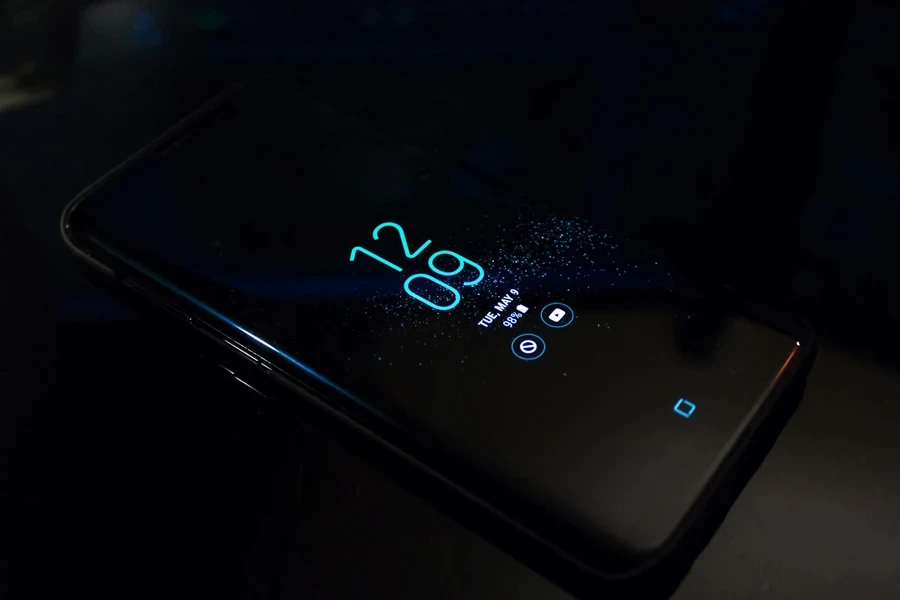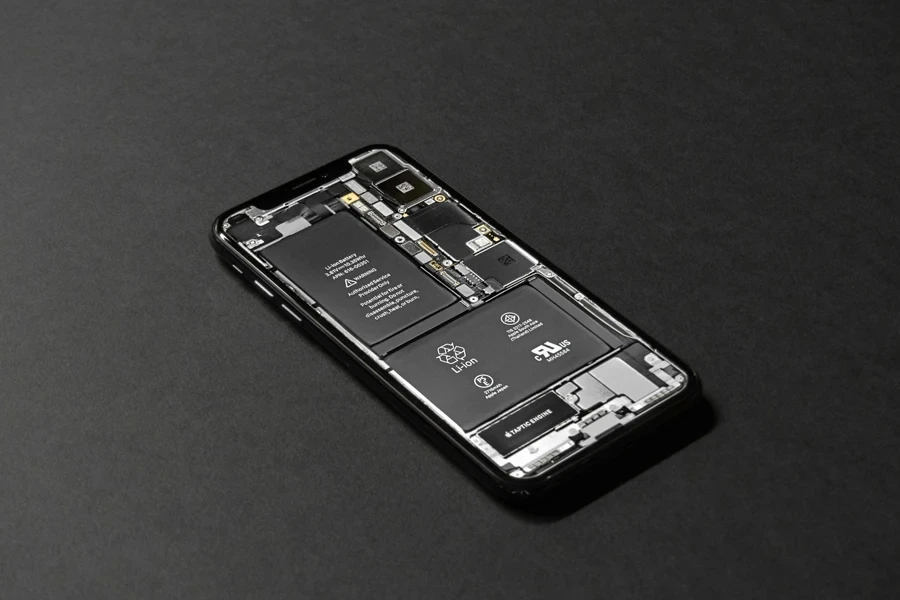Table of Contents
● Introduction
● Market Overview
● Different types of mobile phone LCDs
● Things to consider when selecting products
● Conclusion
Introduction
Mobile phone LCDs are pivotal in delivering exceptional user experiences, characterized by vibrant visuals and enhanced durability. Staying abreast of the latest trends and advancements in LCD technology is crucial for making informed purchasing decisions. The market is witnessing significant growth, driven by innovations in LED, OLED, and flexible displays. Various LCD types, such as TN, STN, TFT, and IPS, offer unique features catering to different needs and applications. Businesses must consider key factors like panel type, resolution, size, and connectivity to select the optimal display solutions for their products.
Market overview

Market scale and growth
The global mobile phone display market is projected to reach USD 115,486.77 million by 2030, with a compound annual growth rate (CAGR) of 6.1% from 2024 to 2030. This growth is driven by increasing demand for high-resolution, durable displays, and advancements in display technologies.
Market shares and changes
LED displays are expected to gain over one-third of the market share, with significant adoption of OLED and flexible displays in smartphones. These technologies are preferred for their superior brightness, energy efficiency, and ability to offer glass-free 3D displays.
Regional insights
The Asia Pacific region leads in both production and consumption of mobile phone displays, driven by high demand in countries like China, South Korea, and Japan. North America is also experiencing growth due to innovative technologies and the presence of key market players.
Different types of mobile phone LCDs

TN (Twisted nematic) LCDs
TN LCDs are known for their fast response times, typically around 1-5 milliseconds, making them suitable for applications requiring quick image transitions. They operate by twisting liquid crystals to control light passage, allowing for rapid changes in pixel states. However, TN panels suffer from limited viewing angles, generally around 170 degrees horizontally and 160 degrees vertically, resulting in color and contrast shifts when viewed off-center. This limitation makes them less ideal for mobile phones, but their cost efficiency and quick response make them common in budget devices.
STN (Super twisted nematic) LCDs
STN LCDs utilize a more extreme twisting of liquid crystals, between 180 to 270 degrees, enhancing contrast and reducing power consumption compared to TN panels. This technology supports passive matrix addressing, which is less expensive but slower in response time, typically around 100 milliseconds. Due to these characteristics, STN panels are often found in inexpensive mobile phones and devices where power efficiency is prioritized over speed.
TFT (Thin film transistor) LCDs
TFT LCDs incorporate a matrix of thin-film transistors, each controlling an individual pixel, allowing for high resolution and precise control over image quality. These displays boast superior color reproduction and sharpness, with typical response times of 5-20 milliseconds. TFT technology enables the integration of high-definition displays in mobile phones, supporting resolutions up to QHD (2560×1440) and beyond. The use of active matrix addressing also ensures better performance and faster refresh rates, making TFT LCDs a popular choice for high-end smartphones.
IPS (In-plane switching) LCDs
IPS LCDs are designed to overcome the viewing angle limitations of TN panels by aligning liquid crystals parallel to the screen, allowing for wider viewing angles up to 178 degrees both horizontally and vertically. This technology enhances color accuracy and consistency, making IPS panels ideal for mobile phones used for multimedia and professional applications. IPS displays typically feature response times of 10-16 milliseconds and support high resolutions, often up to 4K (3840×2160) in flagship smartphones. Their superior color reproduction and stable viewing angles make them a preferred choice for devices requiring premium display quality.
Things to consider when selecting products

Panel types
IPS panels
These panels utilize a parallel alignment of liquid crystals, providing superior color accuracy and consistency. They support 10-bit color depth, which allows them to display over a billion colors. IPS panels maintain clarity and vibrancy up to 178 degrees, making them ideal for media-rich applications and professional use.
TN panels
TN panels are known for their rapid response times, typically around 1 to 5 milliseconds, achieved by aligning liquid crystals perpendicular to the glass substrate. This makes them suitable for applications where speed is critical, such as gaming. However, they have narrower viewing angles (approximately 160 degrees horizontally and 170 degrees vertically) and less accurate color reproduction.
VA panels
VA panels offer a compromise between IPS and TN technologies. They provide higher contrast ratios (up to 3000:1) by utilizing vertical alignment of liquid crystals, which improves black levels and overall image depth. VA panels have moderate viewing angles and slower response times than TN panels but offer better color and contrast.
Resolution
Full HD (1920×1080)
Offers a pixel density that provides clear and sharp visuals suitable for most applications. Full HD screens are common in mid-range smartphones, balancing performance and battery efficiency.
2K (2560×1440)
Provides approximately 1.8 times the pixels of Full HD, enhancing detail and clarity, especially useful for tasks requiring precision, such as photo editing and high-definition video playback.
4K (3840×2160) and above
Delivers over 8 million pixels, resulting in unparalleled sharpness and detail. 4K displays are essential for flagship devices, supporting advanced features like VR and AR applications where pixel density is crucial for an immersive experience.
Size and screen real estate
Larger screens
Typically ranging from 6.5 inches to over 7 inches, larger screens enhance multimedia experiences, such as gaming and video streaming. They support higher resolutions and provide more space for multitasking features like split-screen apps.
Compact screens
Ranging from 5 inches to 6.5 inches, these screens are ideal for portability and one-handed use. Despite their smaller size, they can still support high resolutions and advanced display technologies.
Refresh rate and response time
Higher refresh rates (90Hz, 120Hz, or more)
These rates reduce motion blur and improve the fluidity of animations and scrolling. Higher refresh rates are particularly beneficial for gaming and navigating through the UI, providing a more responsive and engaging experience.
Standard 60Hz
Adequate for general use, including web browsing, social media, and video playback. A 60Hz refresh rate is sufficient for most non-gaming applications, balancing performance and battery life.
Brightness and viewing angles
Higher nits (500 nits or more)
Displays with higher brightness levels ensure visibility in bright sunlight and improve HDR content viewing. High brightness is crucial for outdoor use, providing clear and vibrant visuals in any lighting condition.
Wide viewing angles
Essential for sharing content and ensuring consistent color and clarity from various positions. Technologies like IPS and advanced VA panels enhance viewing angles, making the display usable from almost any angle without color distortion.
Conclusion

Understanding the various types of mobile phone LCDs and their market trends significantly impacts purchasing decisions. By considering critical factors such as panel types, resolution, size, and brightness, buyers can select the optimal display to meet their specific needs. Staying informed about these technological advancements ensures that businesses remain competitive in the dynamic mobile display market.




